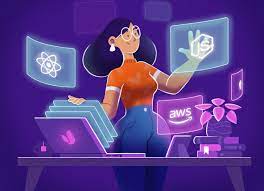
Embarking on the journey of web programming can be daunting for beginners. Let's unravel the intricacies of web programming languages, focusing on key languages like HTML, CSS, and JavaScript.
Understanding the Basics: HTML and CSS HTML (Hypertext Markup Language) and CSS (Cascading Style Sheets) are the foundational languages for structuring web content and styling it, respectively. HTML provides the structure, while CSS enhances its visual presentation.
Adding Interactivity with JavaScript JavaScript brings life to web pages by enabling interactivity. It allows you to create dynamic elements, handle user input, and make your website more engaging.
Exploring Server-Side Languages: PHP, Python, and Ruby Beyond the frontend, server-side languages like PHP, Python, and Ruby handle data processing and server-related tasks. Each has its strengths and use cases.
Choosing the Right Language for Your Project Consider the nature of your project when selecting a language. HTML, CSS, and JavaScript are essential for the frontend, while backend languages like PHP or Python power server-side operations.
Resources for Further Learning Numerous online resources cater to different learning styles. Platforms like W3Schools, MDN Web Docs, and freeCodeCamp offer tutorials and interactive coding exercises.








